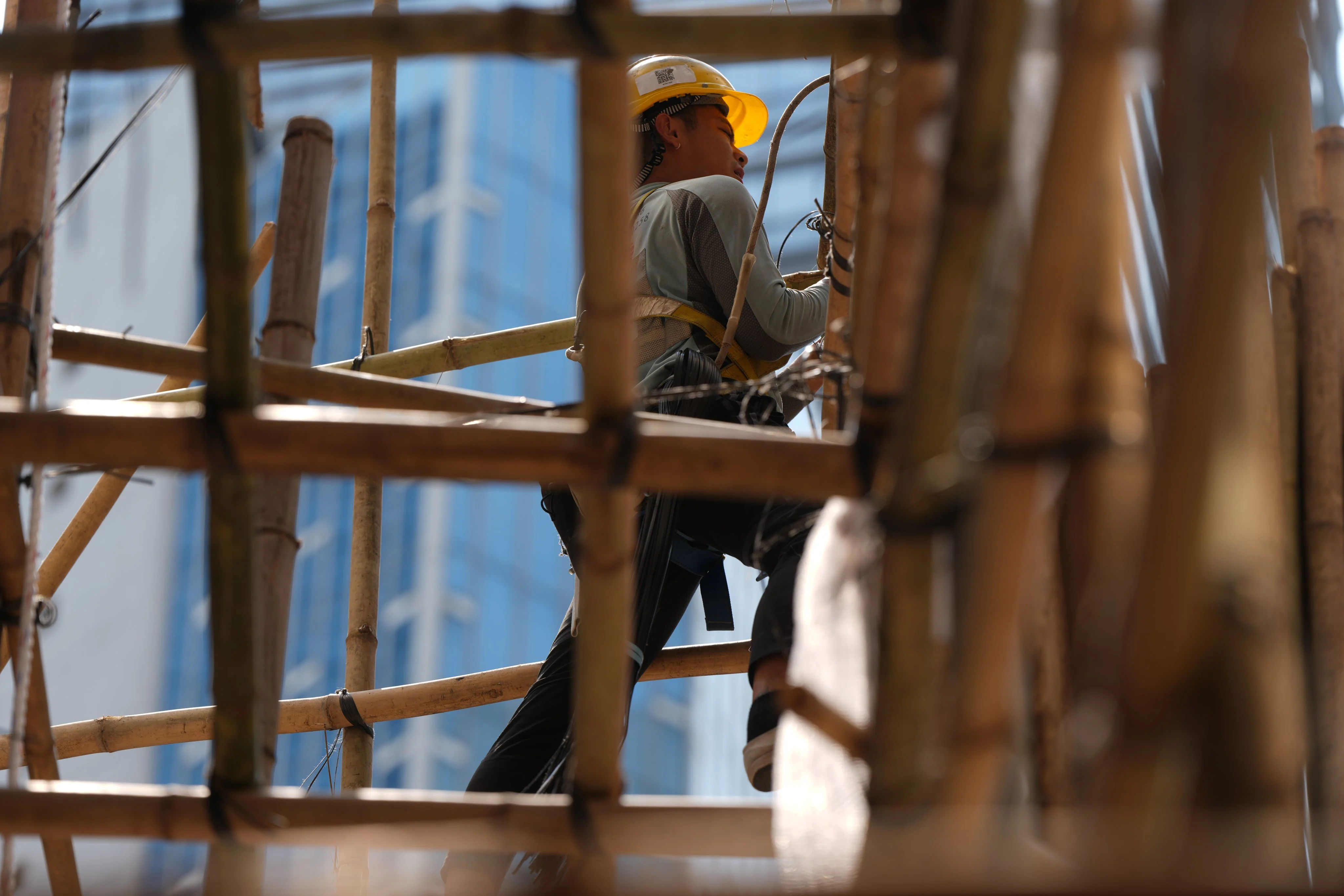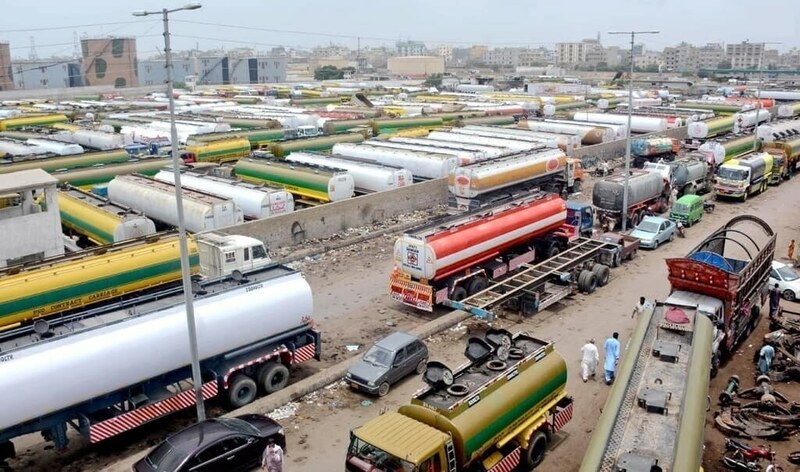By David Dodwell
Copyright scmp

In his policy address, Hong Kong Chief Executive John Lee Ka-chiu said he remained “deeply concerned” about the progress of the Northern Metropolis mega project.
And so he might be. With plans first unveiled almost four years ago and a detailed “action agenda” released two years ago, there is still barely any concrete evidence of its existence. It is intended to transform 30,000 hectares (about a third of Hong Kong’s land area), adding 500,000 homes so the area can accommodate a population of up to 2.5 million from the current 980,000, and creating about 650,000 more jobs, from just 134,000 now.
The Northern Metropolis, with a price tag of around HK$225 billion (US$28.93 billion), is by far Hong Kong’s largest project since the 1950s New Town building programme. It is set to transform the massive green lung separating Hong Kong from Shenzhen.
From Hung Shui Kiu in the west linking to Qianhai and Nansha, through the San Tin Technopole, Lo Wu and Fanling, to a recreation zone around Sha Tau Kok in the east, the Northern Metropolis will not only be home to Hong Kong’s hi-tech future but also shape our integration with the 87 million-strong population of Greater Bay Area economy.
In the face of increasing impatience in Beijing and across the boundary, Lee devoted a large chunk of his policy address to a wide range of ambitious initiatives intended to speed up progress. He talked of a distinct set of laws for the Northern Metropolis, simplified statutory procedures and expedited funding approvals.
He talked of “superior construction methods” and fast-tracked planning applications. He promised the first of three Northern Metropolis university towns, in Hung Shui Kiu, would have its site ready for use next year. He put Financial Secretary Paul Chan Mo-po in charge of a powerful new body to coordinate the Northern Metropolis’ development, financing and operations.
Amid this epic call to action, I could not help thinking of a small – but practical – and potentially significant initiative that I am sure neither Lee nor his senior officials have thought about: support for, and development of, Hong Kong’s small and declining community of bamboo scaffolding builders.
You might think I am joking but this 2,500-strong community of intrepid and highly skilled craftsmen, who scamper dexterously across the bamboo scaffolds that shroud high-rise buildings across Hong Kong, often hundreds of feet above us, have important qualities that our Northern Metropolis urgently needs. Our bamboo scaffolders are famed for their speed, cost effectiveness and efficiency – experts say they can complete a scaffold six to eight times faster than steel scaffolders, and bring it down 12 times faster.
If Lee is looking to make up for lost time on the Northern Metropolis, these merits cannot be ignored. Not only is bamboo scaffolding cheaper and speedier, but the material is light and easy to move around. Supply is plentiful in nearby Guangxi; as a construction material, it is environmentally superior and easy to dispose of.
Yet our unimpressed Development Bureau officials determined in March that metal scaffolding must now be used in half of all public works contracts for new building construction – potentially sounding the death knell for an industry that dates back well over 2,000 years in Chinese history.
Yes, bamboo is flammable and can deteriorate if left in the rain without proper protection, but it is almost as strong as steel and is much lighter and more flexible. Its main disadvantages are that it can take at least three years to train up a decent bamboo scaffolder and many workers don’t have the nimbleness or head for heights needed to move swiftly across the scaffolds.
There have been at least 24 deaths related to bamboo scaffolding in the past seven years, according to Hong Kong’s Labour Department. Officials say we need to align with modern construction standards in “advanced cities”.
On the Chinese mainland, where scaffolding has moved to favour steel and aluminium, bamboo scaffolding is banned for buildings over six storeys.
The bamboo scaffolding business suffered acutely during the Covid-19 pandemic when construction activity stalled in Hong Kong; globally, its use has shrivelled. While there are pockets of use in Malaysia, Thailand, India, Nepal, Vietnam and southern China, there are really only two places in the world where the craft has continued to thrive – Hong Kong and Macau.
Macau today has just 230 scaffolders, but the craft is partly protected because it is accredited as part of Macau’s intangible cultural heritage, alongside Cantonese opera and herbal tea brewing.
In Hong Kong, while bamboo theatre building techniques have intangible cultural heritage status – and are widely used in the vast, flamboyant bamboo scaffold theatres used for Chinese operas, particularly at Buddha’s Birthday and festivals like Tin Hau – the day-to-day bamboo scaffolding used across the city’s construction industry has no such status.
And this is where the Northern Metropolis comes in. If Lee’s plans take root, Hong Kong is poised for an unprecedented construction boom. We need speed, cost efficiency and to use as much sustainable technology as possible.
Bamboo scaffolders may not be among the hi-tech talent the Northern Metropolis is desperate to attract, but they have qualities we urgently need, modern or not. The art of bamboo scaffolding deserves to be an indispensable part of Hong Kong’s intangible cultural heritage. And across the Northern Metropolis, these scaffolders might be more important than we think.



